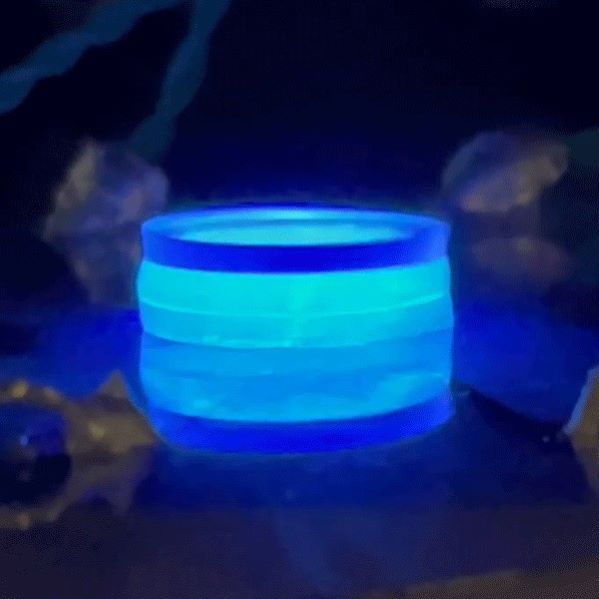POC Biomedical Test Spins Water Droplet Using Sound Waves for Cancer Detection
March 16, 2024
Source: drugdu
 477
477
 Exosomes, tiny cellular bioparticles carrying a specific set of proteins, lipids, and genetic materials, play a crucial role in cell communication and hold promise for non-invasive diagnostics. Traditionally, exosomes are isolated through ultrasound centrifugation, a process that requires eight hours or more, requires large sample volumes, and often harms the integrity of these delicate structures. Alternative methods also present challenges, including low purity and yield. Now, researchers have devised a diagnostic technique that employs sound waves to spin a single water droplet at speeds reaching 6,000 revolutions per minute, thereby facilitating the separation of tiny biological particles for exosome-based diagnostics.
Exosomes, tiny cellular bioparticles carrying a specific set of proteins, lipids, and genetic materials, play a crucial role in cell communication and hold promise for non-invasive diagnostics. Traditionally, exosomes are isolated through ultrasound centrifugation, a process that requires eight hours or more, requires large sample volumes, and often harms the integrity of these delicate structures. Alternative methods also present challenges, including low purity and yield. Now, researchers have devised a diagnostic technique that employs sound waves to spin a single water droplet at speeds reaching 6,000 revolutions per minute, thereby facilitating the separation of tiny biological particles for exosome-based diagnostics.
This novel approach involves a lightweight disk atop the spinning droplet and featuring etched channels that incorporate star-shaped nanoparticles designed for the label-free identification of exosomes. This method surpasses traditional techniques in efficiency, requiring less time and smaller sample volumes, and minimizes damage to the exosomes. It represents a significant advancement from the expensive equipment currently used for exosome isolation, paving the way for point-of-care applications, including precision bioassays and cancer diagnostics.
Developed by mechanical engineers at Duke University (Durham, NC, USA), the technology utilizes a droplet of water placed within a polydimethylsiloxane ring—a silicone material frequently used in microfluidics—to confine the water’s boundaries and keeps it in place. Sound wave generators positioned on either side of the device emit surface acoustic waves that cause the droplet to spin rapidly. A disc with channels etched on its surface is placed on top of the droplet. As the droplet spins, exosomes are driven toward the ends of the channels, separating them from smaller proteins and contaminants.
To detect the presence of specific biomarkers, the researchers used a technological approach that tethers DNA probes dubbed “Inverse Molecular Sentinels” to the points of star-shaped gold nanoparticles. These tethers naturally want to curl up, but are held straight by a segment of DNA that is tailored to bind to the target microRNA being tested for. When that microRNA comes by on its exosome carrier, it sticks to and removes the DNA, allowing the tether to curl and bring the label molecule in close contact with the nanostar. When exposed to a laser, that label molecule emits a very weak Raman signal. However, the shape and composition of the nanostars amplifies the Raman signals several million-fold and make them easier to detect.
“Our technology can discriminate between cancer and control groups with 95.8% sensitivity and 100% selectivity,” said Tony Jun Huang, the William Bevan Distinguished Professor of Mechanical Engineering and Materials Science at Duke. “Its potential is enormous in fundamental biological research and the early diagnosis and health monitoring of cancers, neurodegenerative and other diseases.”
Source:
https://www.labmedica.com/clinical-chemistry/articles/294800557/poc-biomedical-test-spins-water-droplet-using-sound-waves-for-cancer-detection.html
Read more on
- A new ADC champion has emerged. December 18, 2025
- Domestic ophthalmic monoclonal antibody achieves blockbuster BD December 18, 2025
- Clinical trial application for nasal spray accepted, targeting allergic rhinitis. December 18, 2025
- New drug JSKN027 accepted for clinical trials December 18, 2025
- WHO Warns Europe’s Influenza Peak May Arrive by Year-End December 18, 2025
your submission has already been received.
OK
Subscribe
Please enter a valid Email address!
Submit
The most relevant industry news & insight will be sent to you every two weeks.



